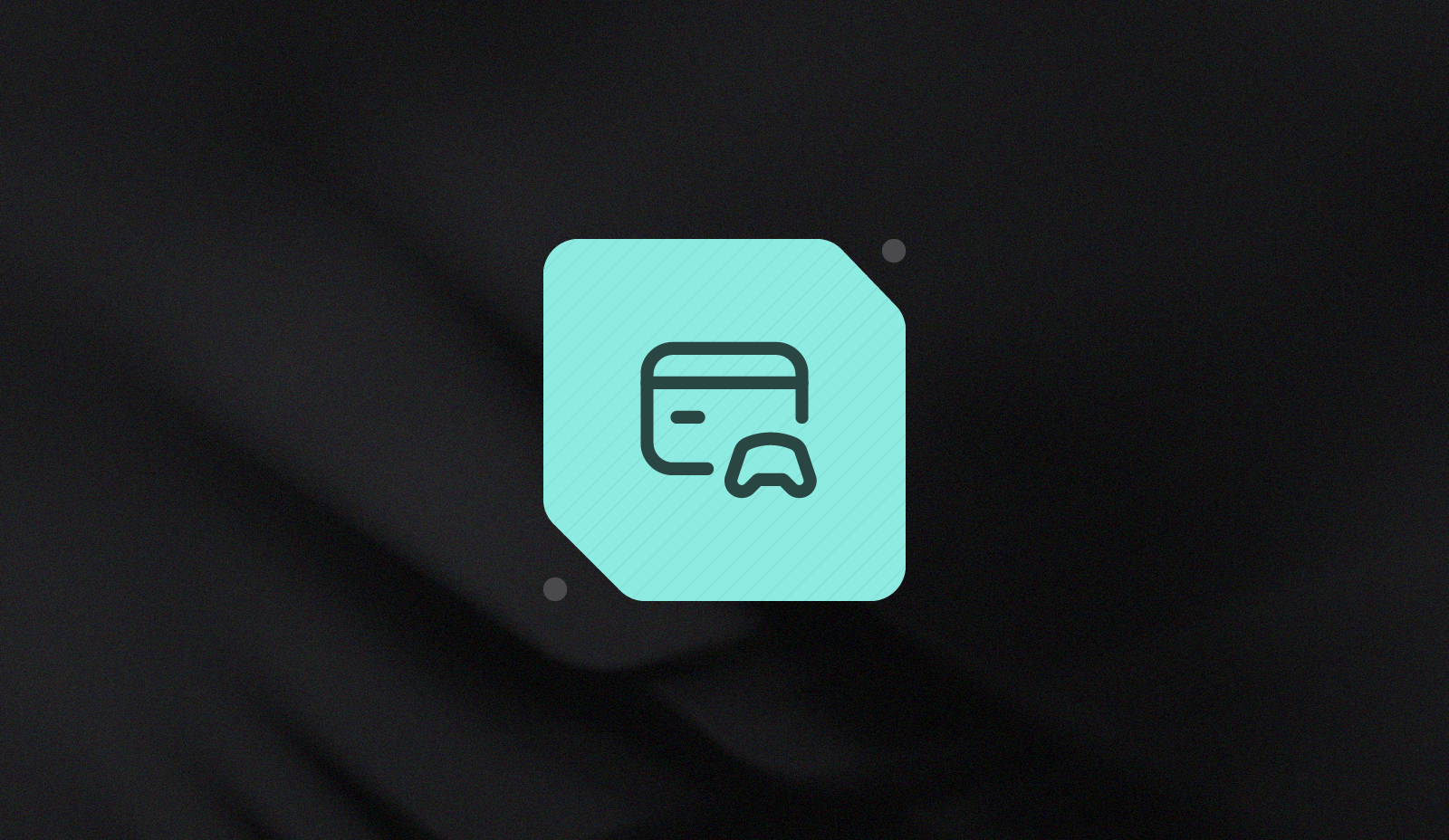Reducing Involuntary Churn: 3 Tips to Improve Subscription Payments

If a customer is willing to keep paying, stay out of the way!
Churn is inevitable for any business. Contracts end, customers outgrow a product; this happens. There is, however, a difference between those who choose to end their relationship (voluntary churn) from those who stumble into it (involuntary churn). Involuntary churn generally happens for maddeningly simple reasons—often a problem with payment—that the customer may not even know about.
Even worse is the havoc involuntary churn plays on the fundamental models that make subscription products work. Given that credit cards generally have a three-year lifespan between renewals, one-third of all subscribers may need to update their details each year.
Failing to do so will result in failed payments, and, if the correct processes aren’t in place on the merchant’s side, canceled subscriptions. This post will list actionable tips for preventing and reducing involuntary churn.
How is voluntary churn different from involuntary churn?
Voluntary churn is the purposeful cancellation of a subscription or contract. This is an explicit choice, and can happen when a customer feels like they aren’t getting the value they expected or once did.
Involuntary churn occurs when a failed payment leads to the cancellation of a customer’s subscription or membership. Yes, it is arguable that the customer is to blame for some involuntary churn (it’s their credit card that is failing, after all), but the reality is that the customer feels the pain when their subscription is canceled—and therefore the customer feels somehow wronged. The immediate negative of an involuntary churn (loss of revenue) can quickly compound into the negative of an unhappy customer who will share their frustration with other potential future customers.
Besides expired credit cards being used, involuntary churn occurs with hard or soft declines, and cards reaching or exceeding their limit. Banks can also decline a card.
Tips for Reducing Involuntary Churn
Basis Theory is in a unique position to help merchants prevent involuntary churn. 
Retry Payments
When merchants are locked into a single full-service payment service provider (PSP), they are generally stuck with a single attempt to charge a customer. But in the case of, say, a soft decline because the customer is temporarily light on funds, taking another run at the charge a couple of days later may eliminate an involuntary churn event.
Retrying payments is Basis Theory’s bread and butter. Merchants using a programmable payments vault, connected with more than one PSP, are no longer locked into the constraints of a full-service PSP, so if a failed subscription payment is flagged, they can retry the transaction with another PSP or on another day.
Internal performance metrics show an increase between 10% and 25% in authorization rates after the failed transaction is immediately routed to another PSP.
Account Updater
Going back and asking a customer to re-enter their credit card information leads to higher churn and insult rates.
Basis Theory Account Updater can request updates to the tokenized credit cards being stored within the vault. Merchants can update cards under their own rules, and send a list of tokens to be processed on-demand. Pairing account updater with network tokens is a great strategy for reducing involuntary churn and improving authorization rates.
BIN Data
When a credit card is securely stored by Basis Theory, we can tell a merchant what type of card it is—credit, debit, prepaid, etc. If a merchant doesn’t want a prepaid card—because eventually it’s going to run out—those would be flagged during the checkout process.
Detect the card information using Token Intents, short-lived tokens that can help the merchant determine what card is being used before committing to long-term retention. Token Intents are particularly useful for applications where data authorization or validation is necessary before creating or updating a token.
Getting Started
Authorization rates are the North star metric for subscription payments. Being able to auto-ship products and capture the card payment each month is a massive trend for companies. Consider the diversity in types of subscription products on the market and it’s easy to see how important recurring payments are to merchants.
The suggestions—and subsequent features—explained above represent ways Basis Theory can help reduce involuntary churn. Plug into our infrastructure and put these strategies into action.
Talk to our team or sign up and start using the documentation.
.png?width=365&height=122&name=BTLogo%20(1).png)




